- info@baskibeton.net
- (0216) 473 92 14
Menu
When stamped concrete goes beyond being an ordinary building material, it turns into art. The key to this transformation is expertly designed stamped concrete moulds and applications.
Offering both aesthetic and functional solutions in modern living spaces, stamped concrete adds a natural elegance to spaces with its patterns inspired by nature. Build the future with stamped concrete technology from floor to wall!
Combining elegance and durability on every surface from floors to walls, stamped concrete adds a unique touch to projects. As EceSurFace, we add value to your spaces with the slogan "From Floor to Wall, In Pursuit of Aesthetics".
Stamped Concrete Mold has become one of the most popular elements in the modern construction and decoration world. Buy stamped concrete mold, stamped concrete mold prices
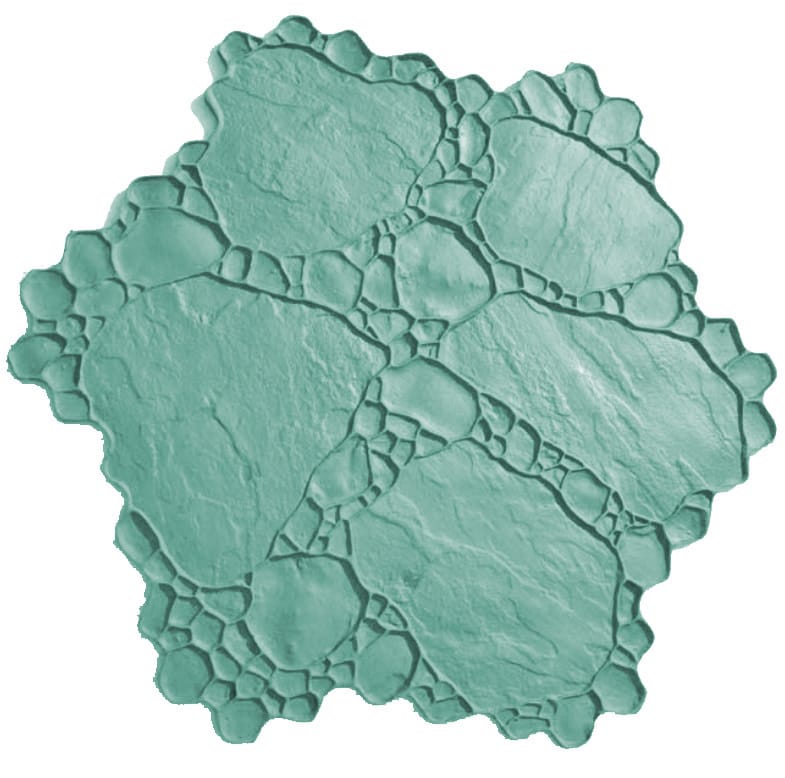
Add value to your projects with EceSurFace, transform concrete surfaces into art! Contact us for detailed information.
Stamped concrete is a concrete coating method that has become increasingly popular in recent years and combines aesthetics and functionality. This method offers many advantages over traditional concrete and can be used in different areas.
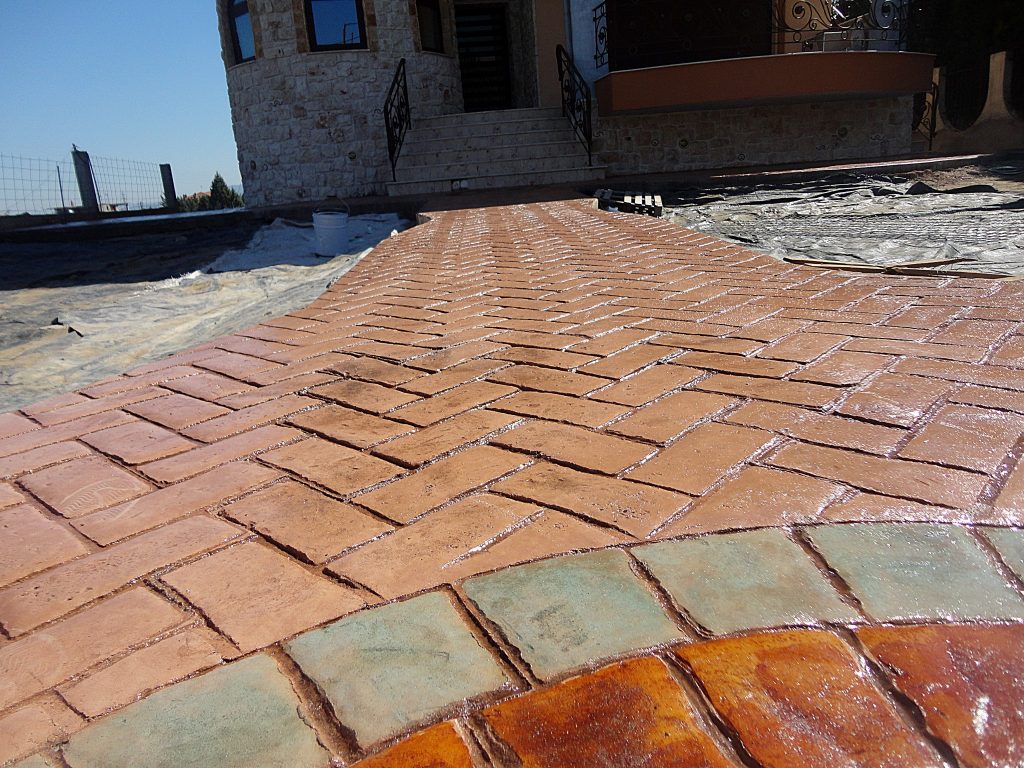


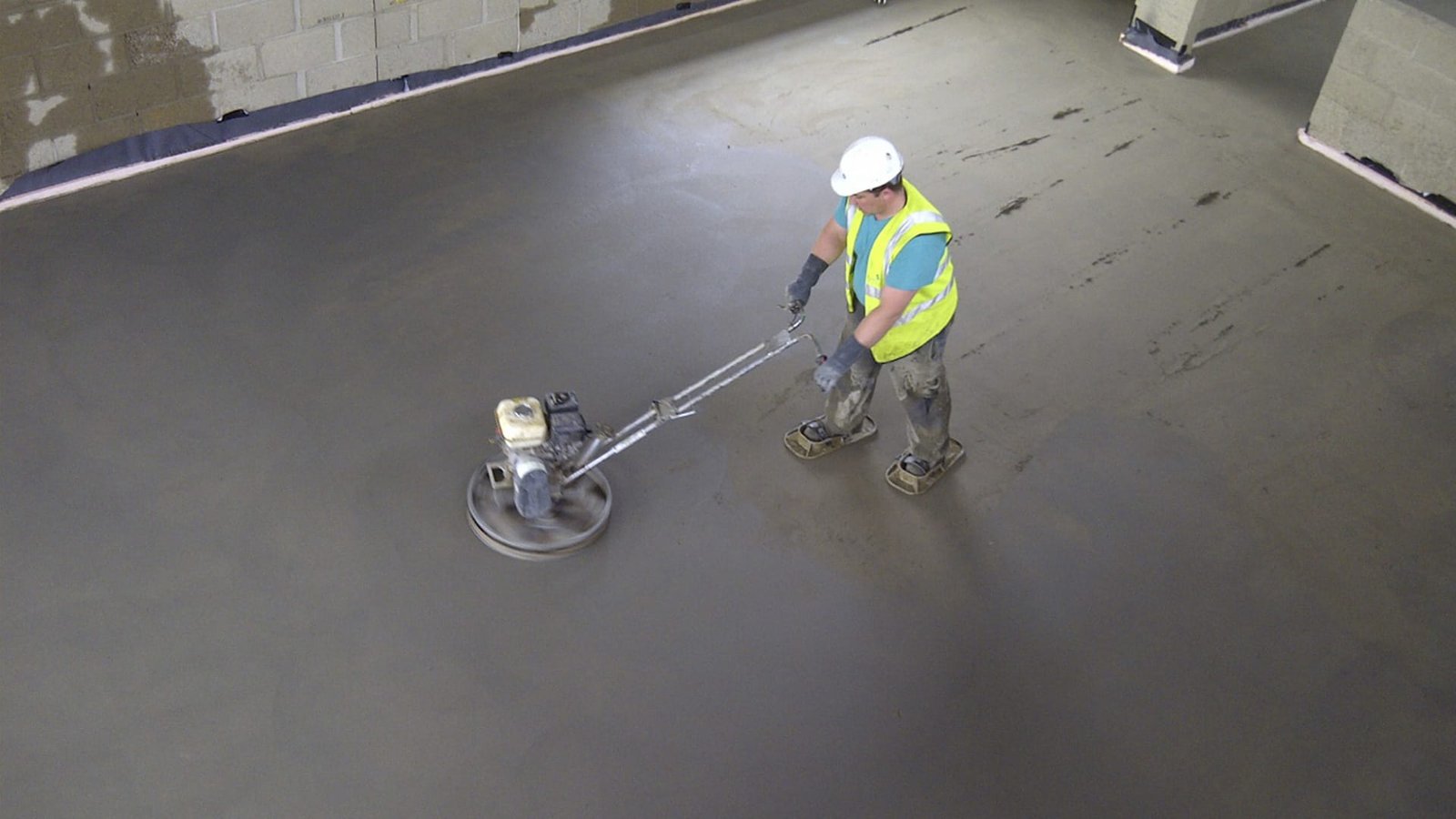


Stamped concrete adds aesthetic value to your space with its various pattern and color options. It can imitate the appearance of natural materials, thus making the exterior or floor of your space more attractive.
Stamped concrete adds an additional protective layer to the surface of the concrete while maintaining its durability. This provides a long-lasting and wear-resistant result.
Stamped concrete can contain recyclable materials while reducing the use of natural resources, making it a more environmentally friendly option.
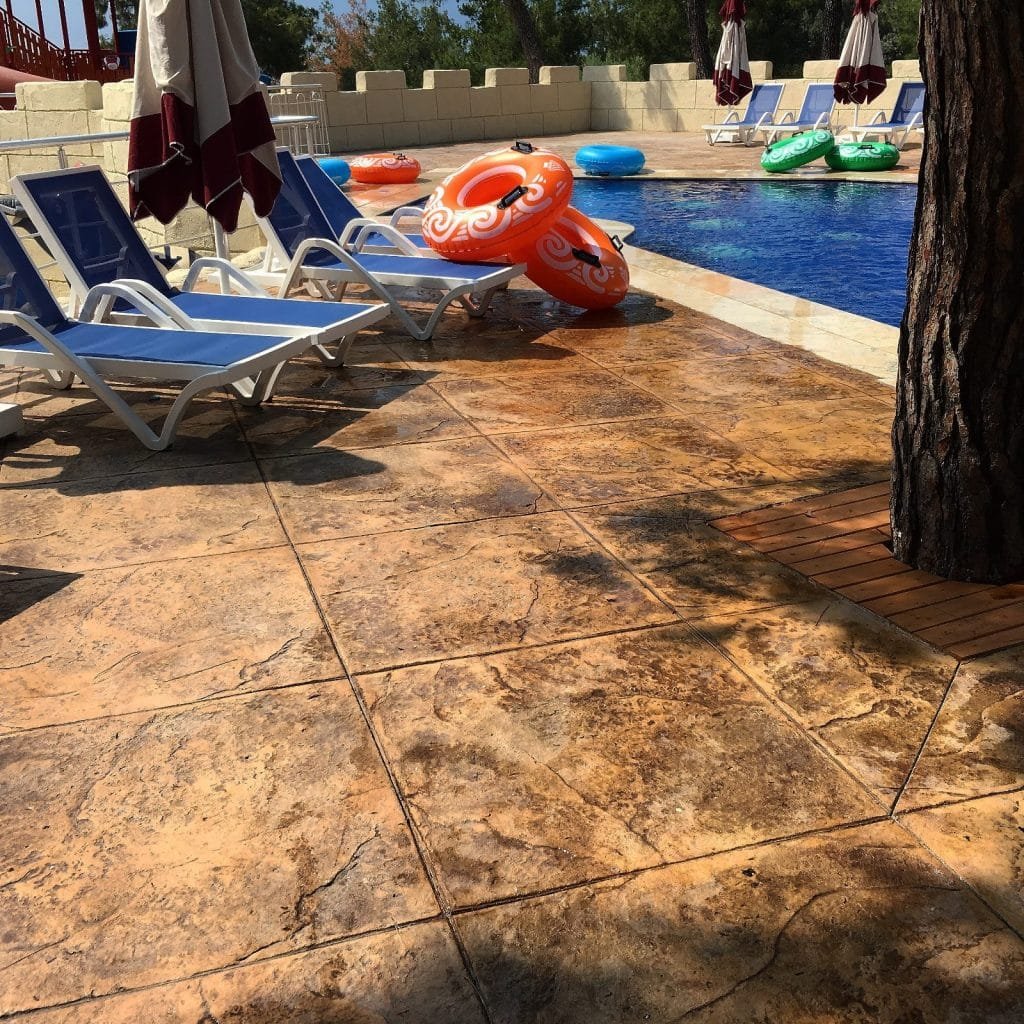
Stamped concrete is a popular choice for architects and builders looking for aesthetics and durability. Stamped Concrete Models have a wide range of designs for different design needs. First of all, natural stone, wood or brick motifs are the most frequently preferred patterns in such applications. Thanks to this variety, it is possible to achieve a look that suits the character of each space.
Different pattern types include river stones, adobe, classic brick and many other alternatives. Each can add a different atmosphere to the area used. For example, surfaces created with river stones offer a natural look on garden paths, while floors covered with wood patterns create a warm and stylish effect.
Color options also play an important role. Natural tones such as gray, beige and brown can make spaces look larger and more comfortable. In addition, personalized color tones can be created with special paint and varnish applications.
As a result, stamped concrete applications, combined with innovative design approaches, offer ideal solutions for both interior and exterior spaces where users achieve a balance of aesthetics and functionality. Which pattern and color you choose depends entirely on your personal tastes.
How is Stamped Concrete Made?
Stamped concrete is a preferred flooring method in many areas by combining aesthetics and durability. Users are interested in stamped concrete applications to achieve a stylish and modern look, especially in outdoor areas.
Stamped concrete stands out as an ideal choice for creating a decorative and durable surface. There are a few important steps to take into account when making this special type of concrete. Here are the steps that answer the question of how is stamped concrete made:
Preparation: First, the area to be applied must be cleaned. Removing the old floor and materials ensures that the surface is flat and smooth. In addition, water marks or other problems under the ground should be reviewed.
Creating the Mold: It is essential to prepare the molds for the concrete to be poured and shaped more smoothly. Molds are usually made of wood or metal and should be placed according to appropriate dimensions.
Preparing the Concrete Mix: The concrete mix must be prepared with the correct proportions. Cement, water, aggregate and additives are usually used. The consistency of the mixture is important to achieve the desired result.
Pouring Process: The prepared concrete should be carefully poured into the molds. At this stage, a vibrator can be used to prevent air bubbles from forming in the concrete. The flatness of the surface should be ensured during the pouring process.
Adding Patterns and Colors: After the concrete is poured, appropriate molds or stands are used to add the desired patterns and colors. This process increases the aesthetic appearance of the concrete.
Drying Process: Allowing the concrete to dry completely is a critical stage in terms of its durability. It is generally recommended to wait for the concrete for at least 24 hours.
When applied with the right materials and techniques, stamped concrete offers a long-lasting and stylish option.

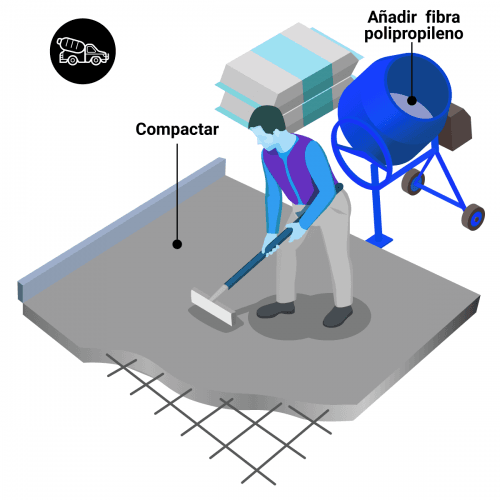
Stamped Concrete Application is a flooring method that has gained popularity in recent years and offers both aesthetics and durability. In this blog post, we will cover all the details you need to know about stamped concrete application. First, we will touch on the advantages of this method. Then, we will talk about the importance of selecting a stamped concrete mold and the correct application stages. We will explain what to consider when examining financial issues such as stamped concrete labor prices and stamped concrete m2 price. Finally, we will seek answers to the question of how to find reliable stamped concrete companies.
Our company offers a wide range of services in the field of stamped concrete. We carry out stamped concrete applications in many different areas, from pedestrian paths to parking lots, from gardens to terraces. You can reflect the style you want by evaluating the pattern and color options suitable for your space.